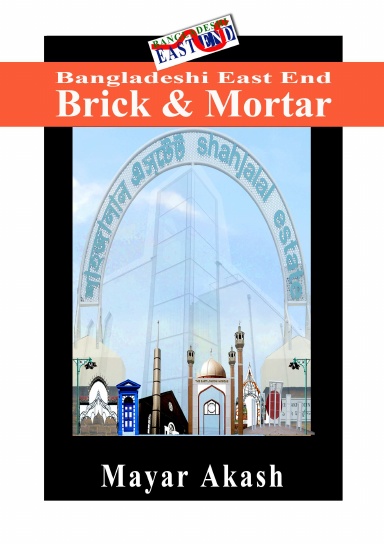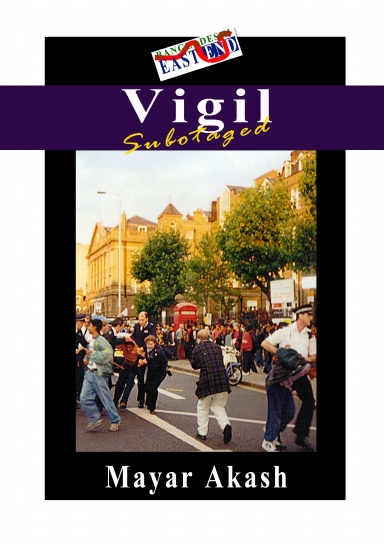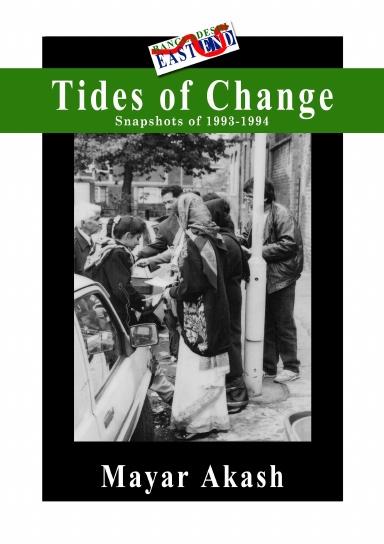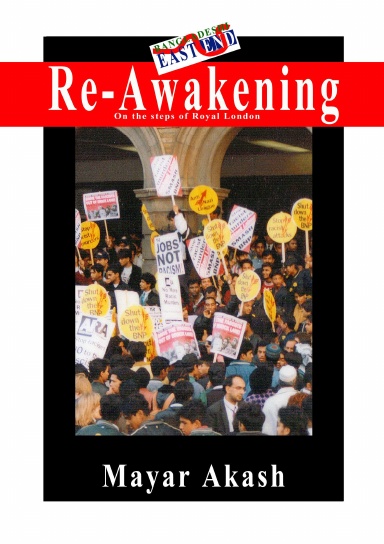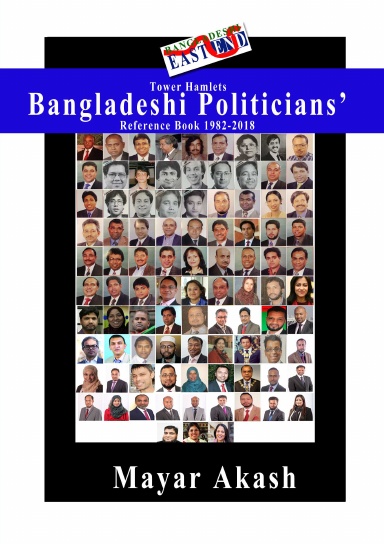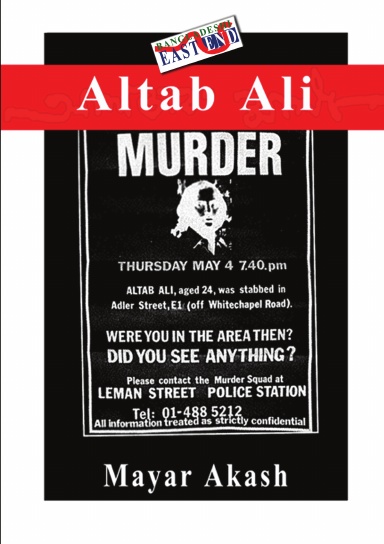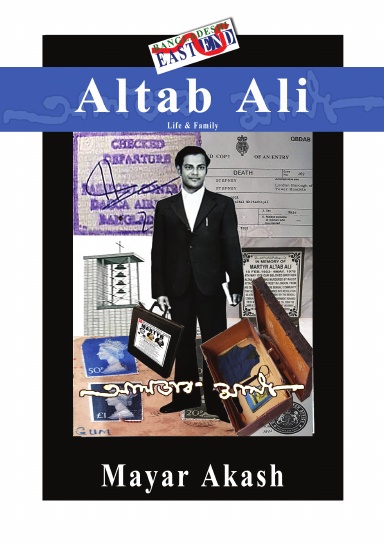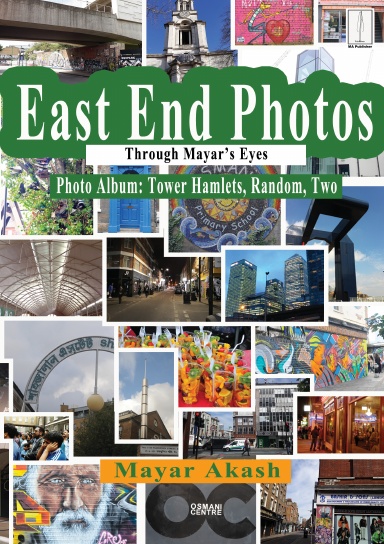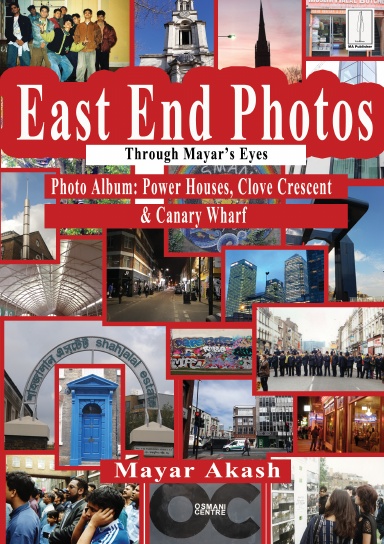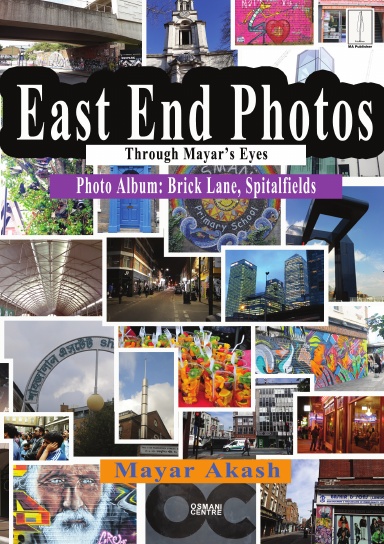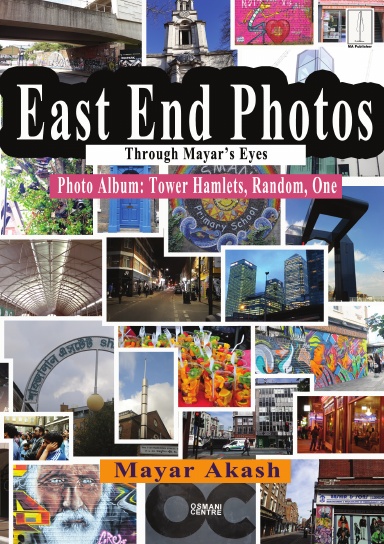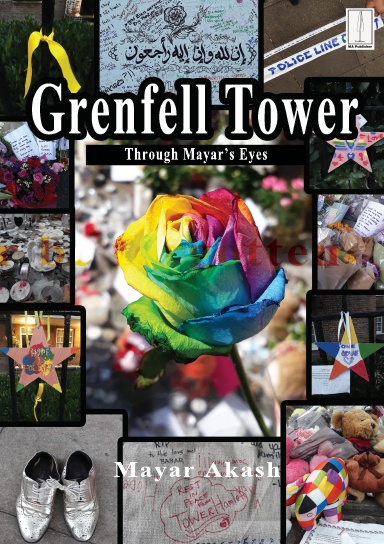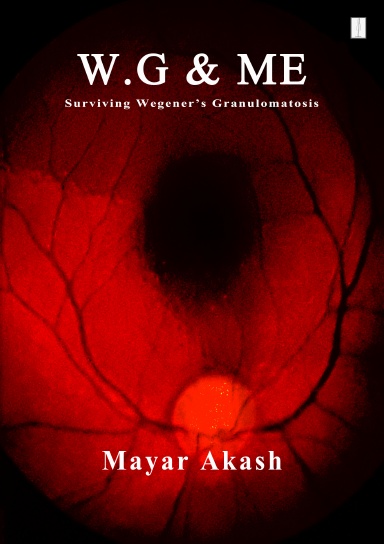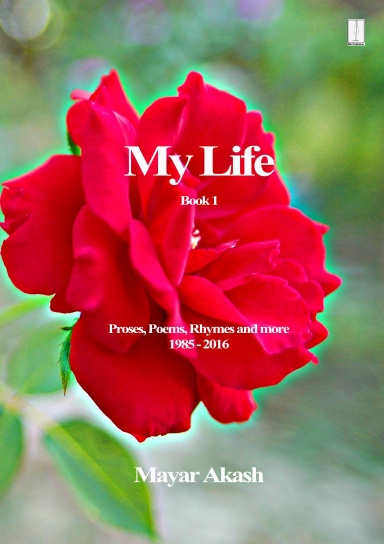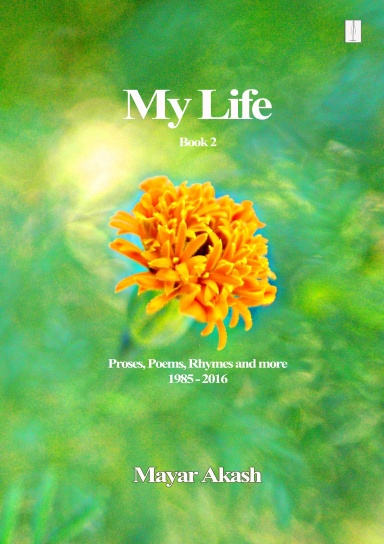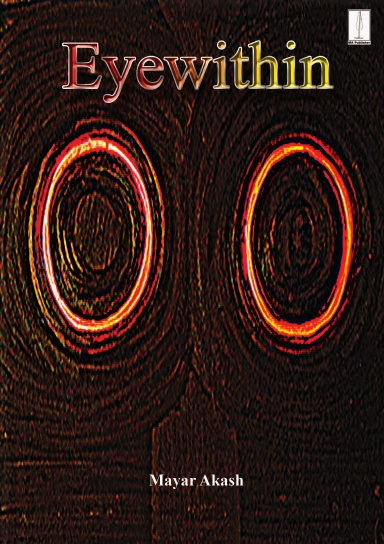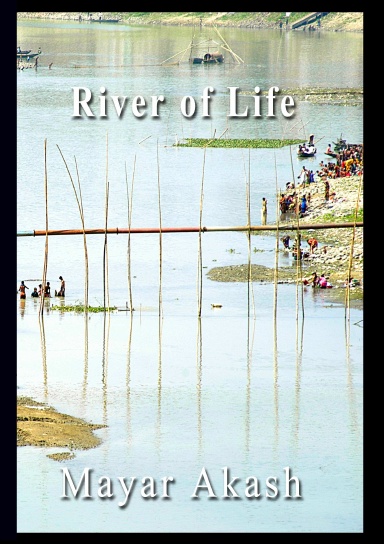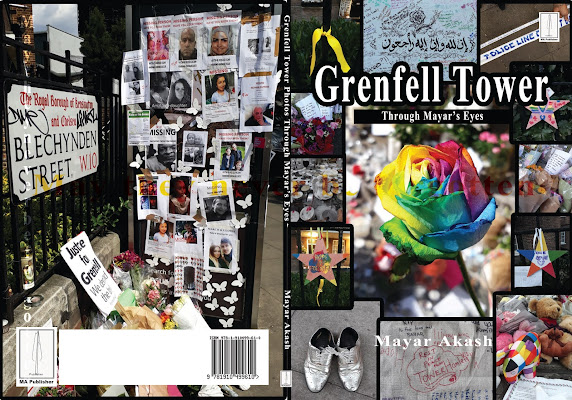The days of the "Traditional Publishing" world has altered.
You have the, Traditions, Self and Hybrid Publishing, these have made it more possible to have your work published without going to the BIG GUNS and through
an agent.
·
“It is like millions of
people want to get in through the traditional publishing pearly gate.”
·
“Publishing is very exclusive and
discriminating process, ruthless”
·
“High class book pimps”
In the traditional sense, the publishers place your books in places where
the public will have access to buy.
The traditional
publishers and agents have suppressed and crushed so many aspiring writers by
telling them their work is not saleable/publishable.
Following is an extract
from the “Self Publishing School,” on-line, taking us through explaining the
process with the traditional publishing.
What’s a publishing house?
A publishing house’s main purpose
is to find authors and their manuscripts to produce and publish into books.
They can be responsible for several things:
1. Selecting marketable
manuscripts. Publishing
houses need to know trends, statistics, and market climates to choose the right
books and frame them in the best way to generate the most sales.
2. Designing and editing the
manuscripts. As
I said, publishers are responsible for framing.
This also requires a knowledge of trends and market climates to design a book
that will grab readers’ interest.
3. Selling and promoting. The publishing house
makes deals with retailers and companies for when, where, and how to sell the
book. They also plan and execute marketing and promotional plans, if any, for
the book. This isn’t something
they do for every author. Publishing houses benefit from pushing
their high sales authors–very little marketing budget goes toward newbie and
debut authors, so if you’re into the idea of traditional publishing because you
think they’ll spend their marketing budget on you: reconsider.
What are the Big 5 publishing houses?
There are five publishers
known as “The Big Five,” and being published with them is considered a mark of
significant success in the publishing industry.
These are the Big 5 publishing houses:
1. Penguin Random House – they’ve published
authors including: Kay Hooper, John Green, E.L. James, Markus Zusak
2. Hachette Book Group – they’ve published
authors including: Min Jin Lee, Malala Yousafzai, Chris Colfer
3. HarperCollins – they’ve published
authors including: Mark Twain, Agatha Christie, George R.R. Martin
4. Simon and Schuster – they’ve published
authors including: Mary Higgins Clark, David McCullough, Doris Kearns Goodwin
5. Macmillan – they’ve published
authors including: Janet Evanovich, Sara Douglass, Tatiana De Rosnay
Of course, there are hundreds
of more options for publishing houses, but these are the five most recognizable
and most elite.
How
do publishing houses work?
The first thing to understand
about publishing houses is that they pay you for the rights of your book,
ideas, and whatever else is in the contract. This means that the publishing
house “owns” your book and you simply get a cut of the earnings (a small,
5%-10% cut).
The way this typically works
is that you, the author, finds an agent. This agent then pitches your
manuscript to publishing houses.
If the house likes the concept
or even the full manuscript, they’ll purchase the rights to your book with a
contract that typically includes an advance and royalty rate—occasionally with
a multi-book deal if they see the potential.
From here, the publishing
house pairs you with an editor, where you work to write the book, edit it, and
get it publish-ready. Meanwhile, other individuals in the publishing house work
on the book cover, title,
and other tasks the writer doesn’t need to worry about when going through
traditional publishing.
How to work with a publishing house
Traditional publishing used to
be the only viable option for publishing a book. So what exactly is traditional
publishing? Let’s break down the process step-by-step:
1. Write your manuscript! If you’re a debut or
unknown writer, you’ll almost always need a full manuscript before you begin
the querying process. Once you have successful books and a readership, you can
usually sell books with only a pitch and a first chapter.
2. Determine your genre and
category. Publishing
is cyclical–genres,
themes, and tropes drop in and out of popularity pretty regularly. Publishers
strategically publish books based on what’s popular and what will sell. Some
genres are just harder to sell to publishers–like extremely long books, memoirs, and short story collections–but
most genres will eventually have their time in the sun if you wait out the
market.
Within genres, there are specifications to follow that makes your book more
“publishable.” For example, different genres have prescribed word
counts–romance novels are typically between 70,000 and 100,000 words. Fantasy
novels are typically a bit longer. Books get shorter the younger your target
demographic. Word count is just one aspect of industry standard expected in
traditional publishing.
3. Prepare your submission
materials.
o
Query letter – this is a one-page
pitch letter of your project.
o
Synopsis – a summary of your book,
beginning to end (one-to-two pages)
o
Samples – for fiction, this is
typically the first chapter of your book. For nonfiction, it might be any
chapter you feel is representative. There may also be specific requests from
the agent or publisher, like a different number of chapters.
4. Find publishers and agents. The majority of
reputable publishers do not accept manuscripts without an agent, so you will
likely have to find an agent first. To find an agent, you might try looking at
published writers in your genre–are any of their agents open to queries? This
is an especially good option if you have a connection with that writer, as it
can give you more context and a personal twist to your query.
Outside of seeking agents individually, you might
try one of these websites:
o
PublishersMarketplace.com
o
QueryTracker.net
o
WritersMarket.com
o
Duotrope.com
o
And
my favourite recommendation for all things related to writer networking: Twitter.
5. Wait for a thousand years to
hear back. 🙂
Typical responses to agent queries are:
o
Nothing
(rejection)
o
A
rejection (rejection)
o
A
partial or full manuscript request. This is the one you want, spoiler alert.
6. Evaluate offers, if you
receive any. If
an agent likes you, make sure you like them! Of course, beggars can’t be
choosers AND you hopefully filtered suitability before you applied, but do a
little extra homework before you get into bed with a contract.
Sounds fun and easy, right?
(heh) But don’t be lulled into a soft and warm cocoon of security yet! There
are dangers in these waters…
Source: https://self-publishingschool.com/publishing-houses/#work
After reading the above, who wouldn’t want
another way of getting your book published, it is clear now, traditional
publishing is not “be all or end all.”
"The majority of reputable
publishers do not accept manuscripts without an agent, so you will likely have
to find an agent first."
To think, as a writer you spend hours,
months, and years writing and developing your manuscript and then for you to
wait for years to get yourself ready and then send the manuscript to agents,
only to get rejected.
“Publishing houses benefit from pushing their high
sales authors–very little marketing budget goes toward newbie and debut
authors, so if you’re into the idea of traditional publishing because you think
they’ll spend their marketing budget on you: reconsider.”
Now, here is the thing, it is understandable
for those who have no money and want a publishing house to buy their work and
pay them the money.
“If an agent likes
you, make sure you like them! Of course, beggars can’t be choosers.”
Then there are those who have and can spend
money to develop their work and get it self-published and there are those who
have the money but no-time and can’t be bothered with the traditional
publishing and use a press to print their books, the actions of individuals are
subjective and pragmatism of some. Yet ultimately success of publishing can be
achieved through different routes. Ultimately it depends on the writer’s
circumstance and determination.
“Traditional publishing used
to be the only viable option for publishing a book.”
Now, here is the change, the minds of the
young people who are “internet age,” are tuned and accustom to the on-line
services and facilities. There is no-longer a need for the traditional
publishing house to get their books published and printed. There are millions
of information and YouTube for all your, “How to videos” that explain and show
you for free.
"There are five publishers known as “The Big Five,” and being published with them is
considered a mark of significant success in the publishing industry.
Now, the internet has
changed the playing fields, where it has opened up opportunities to self
publish; and to position their book in it. Once on-line it is exposed globally.
This is why Amazon and the central book database distributors have subsidiary
on-line bookshop sites where the book get placed for exposure.
So for example, what JML
is for products, Print-on-demand is to writers and YouTube is for performers,
they champion ordinary people to achieve the dreams and aspirations and attain
success through qualities that include intelligence, disciplines,
determination, resilience, hard/smartwork, flexibility, being adaptable,
pragmatic and resourceful are just some of the personal tools required.
So “On-line” is an open
playing field, you, as a self publisher (Self employed/Sole trader) has to do
what the traditional publisher have departments to do, publicise and promote
the book.
So, the traditional
publishers are like, let’s just a say, “Harrods” or the “Ritz’s” or the
“Savoy.” To get your products in to them is going to require you to qualifying
so many different criterias at so many levels. Yet, we also have outlets on all
levels.
“The way this typically works is that you, the author, finds an agent.
This agent then pitches your manuscript to publishing houses.”
However, as the world and
technology is today, you have an open platform and opportunity to build your brand,
expose it to the world and have direct access to the public.
Now, you can do all that
by yourself or get others to support you, whether paid or unpaid, to get your
brand where it needs to get in order to get the attention it requires.
There
are so many stigmas attached to not doing it through traditional publishing, it
is simply a business as described about it terms of what they do and what
happens to your work.
“The first thing
to understand about publishing houses is that they pay you for the rights of
your book, ideas, and whatever else is in the contract.”
Only if
your work is saleable, then they will buy it from you and then they will polish
it up and then sell it.
“This means that
the publishing house “owns” your book and you simply get a cut of the earnings
(a small, 5%-10% cut).”
So when
a writer entrepreneur bypasses the “traditional publishing,” it becomes an ego
issue and then that process got labelled, stigmatised as vain, vainness, the
process become known as Vanity Press. My
guess is that the “The publishing status quo,” was bypassed, thus that industry
derogatrised it to Vanity Press.
“A publishing
house’s main purpose is to find authors and their manuscripts to produce and
publish into books.”
Now, it
is inherent in all walks of life that if you need a pair of shoes, there needs
to be a shoe maker. So following example: Gold mining, there was always the
supplies stores with all the tools and materials needed to gather it, the
supplier made money before the gold prospectors did, whether the prospectors
found any gold or not.
So, when
the business minded writer decided to go it alone, they needed printers to
print books, and this is were the printers set shops. When these vanity presses
came about modern technology wasn’t as advanced as they are today, they did
less automation of the process of print so in other word there were a lot more
manual labour and more division of print process components Any how the
technology has advanced so much now, everything is digitised and computer
program handle much of the processes and done in less time.
The age
of traditional publishing has altered and it is no longer exclusive, even
thought it will remain where it is as it has the finance and the departments
and its power to do contracts with the retail outlets.
We can
also see in the trends how some yesteryears giants have disappeared and merged,
simply because of the digitisation and everything moving towards becoming eBooks and Print on Demand (POD). This is an indication that the giants have to make
way for the on-line Print on demand industry.
Also the
print on demand process for many people has meant that this derogatrised term “Vanity
Press” is also declining. However, the older generation from that era are still
lock into the information of that time and are going for that service they are accustomed to.
So, the
POD process has taken out the need for "traditional publishing" as the only option. It has made it
easier for anyone wishing to publish their book or books. A writer
who wants to become a publisher will educate themselves through all the means
that are accessible now on-line. There are those who will seek support,
guidance or mentoring for which a fee is payable. There is so much to learn and the article above gives insight to the level and the extent the Tradition Publishing house goes through
Publishing
is not unreachable now, nor is it an exclusive club, a person which to publish
now has various means to do so, “The romanticism of traditional publishing has
now come of age, and now we have some romanticism from Print on Demand.” Print on demand and self publishing is the "Middle way/path/grounds to self generate income and turn it into a business, such as the giants, publishing houses.
The feeling
of satisfaction one gets when holding a printed self publish book in ones hand that
has been registered with an ISBN number and deposited the books in the Legal Deposit
Libraries, “was like holding my child for the first time, in wonderment, what a
sense of accomplishment, achievement and attainments of one’s aspirations.”
On-line Book Shop







